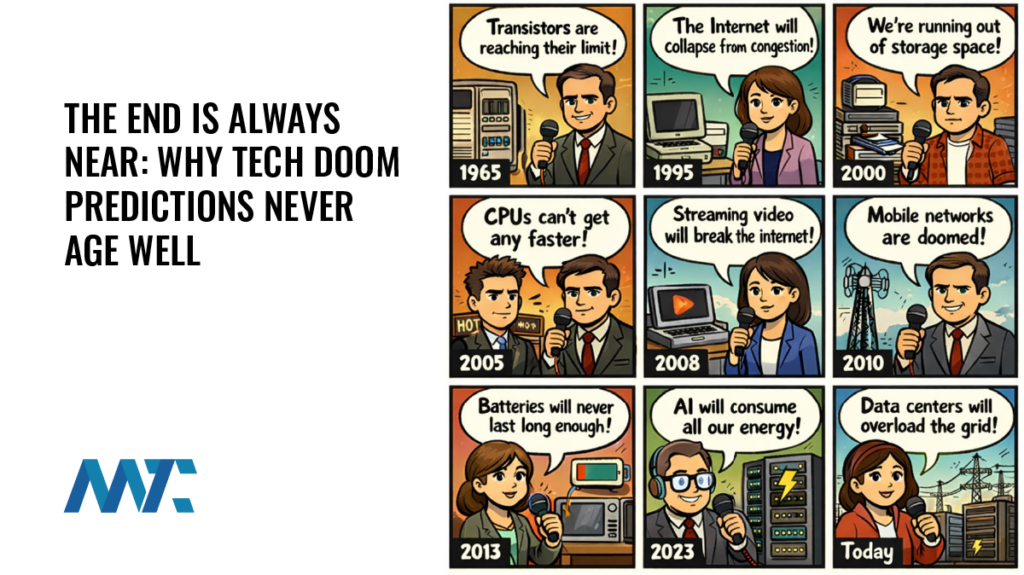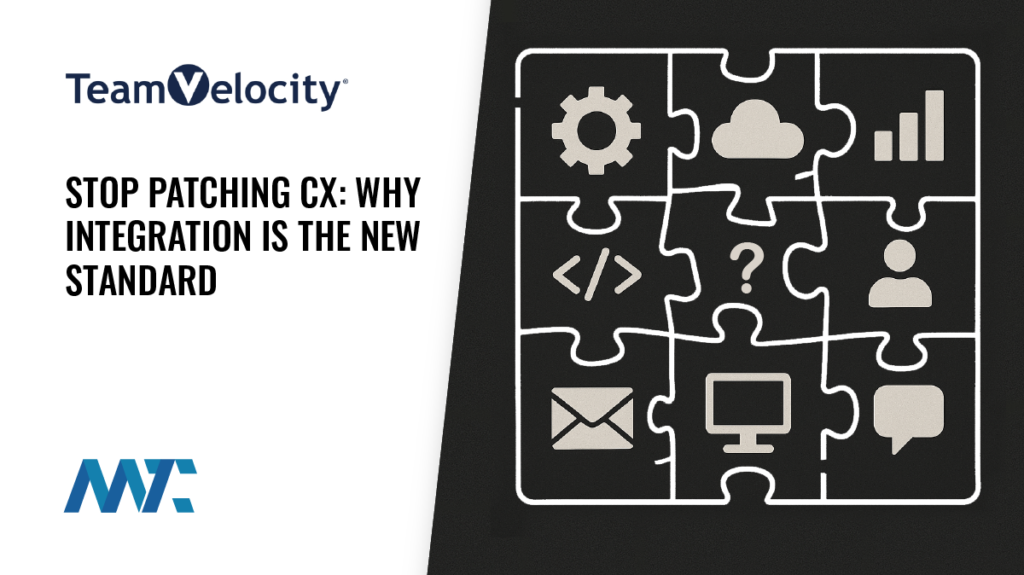Entre-Commuting and the Outdated Logic of the Modern Workday

Entre-commuting refers to the modern practice of using transit or nontraditional work locations—like coffee shops, trains, or even parked cars—to complete entrepreneurial or remote work tasks. This emerging work style leverages mobility, flexibility, and technology to transform formerly unproductive time into productive opportunities. It’s a subtle but powerful rebellion against the notion that work only happens when you’re physically present at a desk during designated hours. And it’s part of a larger shift in how we understand productivity in the wake of a global redefinition of work itself.
The Legacy Systems That Still Define Our Work Culture
Modern work habits have been inherited mainly from two distinct economic systems: agriculture and industrialization. Both have embedded outdated assumptions into our modern schedules.
During the agricultural era, productivity was tied to daylight. Most farm work took place between sunrise and sunset, not because it was most efficient, but because the environment dictated it. As many Baby Boomers and Gen Xers can attest, family ties to farms and daylight labor shaped cultural expectations around what a normal workday looked like. That influence lingers—even as most of our jobs today have nothing to do with fields or harvests.
With the Industrial Revolution came factories, machines, and the introduction of shift work. Suddenly, production was tied to centralized locations. You had to be on-site, at your post, for the system to function. The 8-to-5 day became standard, not for any biological or psychological reason, but to sync human labor with industrial output.
And yet, here we are in the 21st century, still anchored to those historical rhythms—even when they no longer serve us. Offices have replaced factories. Keyboards have replaced plows. But the workday hasn’t evolved nearly as much as the tools we use to do the work.
How the Pandemic Changed Everything—Briefly
When COVID-19 hit, the world was forced to question those assumptions almost overnight. Working from home (WFH) became not just acceptable, but essential. Organizations that had resisted remote work for years suddenly discovered it was not only possible, but in many cases, more productive.
IT departments were mobilized, VPNs were configured, cloud platforms were adopted, and employees adapted. Teams learned to collaborate via video calls and messaging apps. Commutes disappeared, work-life flexibility expanded, and for a brief period, performance was measured more by output than visibility.
Remote work didn’t just become normalized—it was widely adopted and embraced. For millions, it offered better focus, more family time, reduced costs, and a healthier work-life balance. Even skeptics couldn’t ignore that businesses continued to operate. Projects were completed. Goals were met. Some companies even reported higher employee satisfaction and performance metrics than before the pandemic.
The Corporate Recoil: A Return to the Office
However, as the pandemic recedes into history, many companies are revisiting and revising those policies. Return-to-office mandates are becoming more common. For some, the reasons are understandable:
- Collaboration and culture: Leaders argue that in-person environments foster creativity, spontaneity, and mentorship that’s hard to replicate virtually.
- Accountability and oversight: Especially in industries with complex workflows or regulated environments, there’s a belief that visibility ensures responsibility.
- Underutilized real estate: With long-term leases in place, executives are under pressure to justify the cost of empty offices.
- Erosion of boundaries: Some managers worry that remote work leads to burnout or isolation, as home life and work life become too intertwined.
These aren’t frivolous concerns. Office environments do offer value, especially for onboarding, team cohesion, and certain types of problem-solving. But the pendulum has swung too far in the direction of control. In many cases, the push to get back to normal overlooks what we learned during the pandemic: flexibility is effective.
Entre-Commuting as a Middle Path
Instead of reverting to rigid attendance policies, we should explore more adaptable, trust-based models. This is where entre-commuting offers a compelling middle ground. It’s not about abandoning structure, but about reshaping it.
As someone who has long resisted conventional office hours, I often do my best work late at night. I avoid peak commute times, reduce my fuel consumption, and optimize my time between tasks by working from cafés or coworking spots. I’m not alone. More professionals are embracing a location-fluid lifestyle, using mobile devices and cloud apps to stay productive anywhere.
Entre-commuting taps into that reality. It recognizes that work can happen in motion. Not every meeting needs to be held in a boardroom. That creativity sometimes thrives better outside the constraints of corporate walls.
Trust, Not Timecards
The real barrier to embracing entre-commuting and other flexible models isn’t logistical—it’s psychological. Managers need to stop equating productivity with presence. You can track performance, quality, and deadlines far more effectively than ever before. So why cling to outdated assumptions?
If we allowed people to work during their peak mental hours—whether early morning, late at night, or mid-afternoon—we’d likely see better output and greater job satisfaction. If we gave employees the option to work from cafés, commuter trains, or home offices, we might cut real estate costs, reduce environmental impact, and improve morale.
It doesn’t require abandoning the office. It requires reframing it. Instead of a default location, let the office become a collaborative resource—a place you visit with intention, not obligation.
Rebuilding Work for the Present
We can’t keep solving today’s problems with yesterday’s logic. Our systems of work are too important to be governed by superstition, tradition, or fear. The pandemic gave us a glimpse of what’s possible when we trust people to do their best without micromanagement.
Entre-commuting is just one example of how that trust can be applied. It’s part of a broader movement toward work that respects context, energy, and autonomy.
Until more organizations realize that the goal isn’t to be seen working—it’s to work well—we’ll continue to try to innovate while shackled to 19th-century blueprints. And the gap between what’s possible and what’s permitted will only grow wider.







